Government Initiatives and Funding
Government initiatives aimed at improving healthcare access and funding for rare diseases are significantly impacting the sturge weber-syndrome market. In the UK, the National Health Service (NHS) has been allocating resources to enhance the diagnosis and treatment of rare conditions, including sturge weber syndrome. This funding is crucial for developing new therapies and improving patient care. Furthermore, public health campaigns designed to raise awareness about rare diseases may lead to increased funding opportunities for research. As a result, the sturge weber-syndrome market is likely to benefit from these initiatives, fostering innovation and improving patient outcomes.
Rising Incidence of Sturge Weber Syndrome
The sturge weber-syndrome market is experiencing growth due to an observed increase in the incidence of this rare neurological condition. Recent studies indicate that the prevalence of sturge weber syndrome in the UK is approximately 1 in 20,000 live births. This rising incidence necessitates enhanced diagnostic and treatment options, thereby driving demand within the sturge weber-syndrome market. As healthcare providers become more aware of the condition, the number of diagnosed cases is likely to rise, leading to a greater need for specialized care and resources. Consequently, this trend may stimulate investment in research and development, ultimately benefiting patients and healthcare systems alike.
Technological Advancements in Diagnostics
Technological advancements in diagnostic tools are playing a pivotal role in shaping the sturge weber-syndrome market. Innovations such as advanced imaging techniques, including MRI and CT scans, have improved the accuracy of diagnosing sturge weber syndrome. These technologies enable healthcare professionals to identify the condition earlier and more effectively, which is essential for timely intervention. As diagnostic capabilities continue to evolve, the sturge weber-syndrome market is expected to expand, driven by the need for precise and efficient diagnostic solutions. This trend may also encourage further research into the condition, leading to improved treatment options.
Growing Patient Advocacy and Support Groups
The emergence of patient advocacy and support groups is influencing the sturge weber-syndrome market positively. These organizations play a crucial role in raising awareness about the condition, providing resources for patients and families, and advocating for better healthcare policies. In the UK, such groups are instrumental in connecting patients with healthcare providers and facilitating access to information about treatment options. This grassroots movement not only empowers patients but also encourages research funding and policy changes that benefit the sturge weber-syndrome market. As these groups continue to grow, they may enhance the visibility of the condition and drive demand for improved care.
Increased Research and Development Activities
The sturge weber-syndrome market is witnessing a surge in research and development activities focused on understanding the underlying mechanisms of the condition. Academic institutions and pharmaceutical companies in the UK are investing in studies aimed at discovering novel therapeutic approaches. This increased focus on R&D is likely to yield new treatment options, which could enhance the quality of life for patients. Moreover, collaborations between research entities and healthcare providers may facilitate the translation of findings into clinical practice, thereby driving growth in the sturge weber-syndrome market. The potential for breakthroughs in treatment could significantly alter the landscape of care for affected individuals.


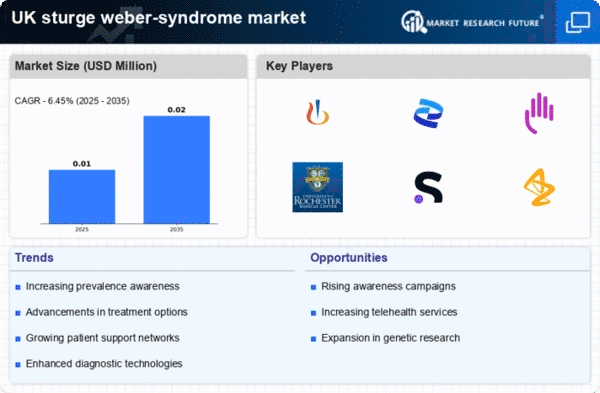
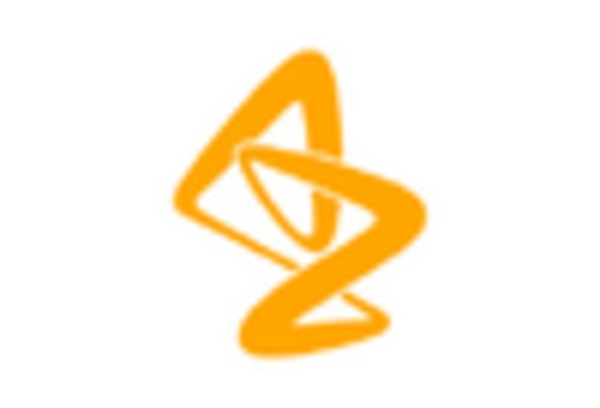

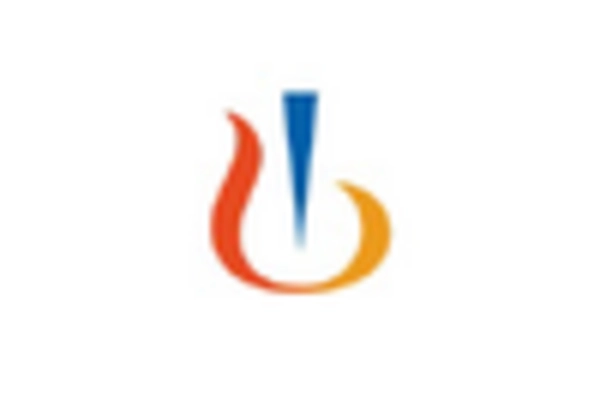

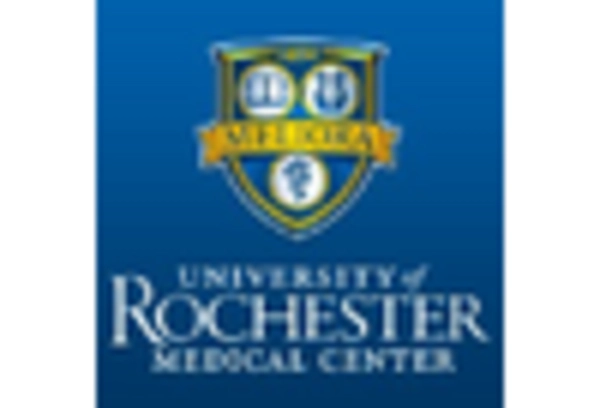
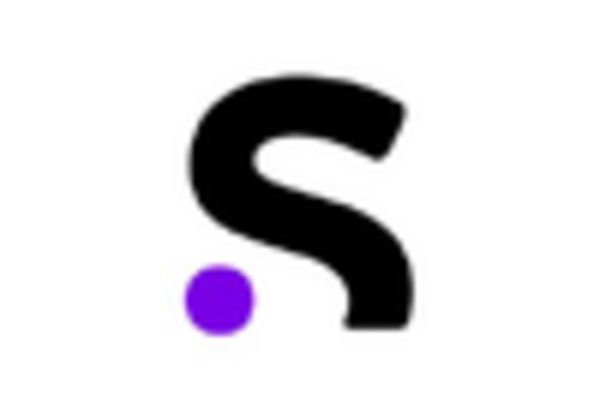








Leave a Comment